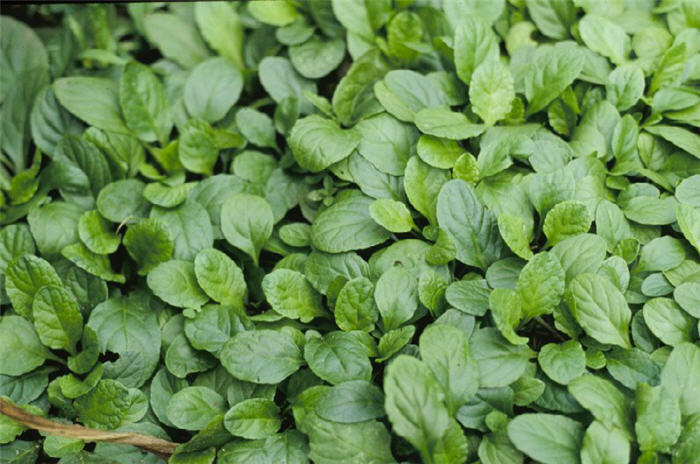| Botanical Name: Ajuga reptans | |
| Common Name: Bugleweed, Carpet Bugle |

-
Anatomy
-
Culture
-
Design
Plant Type
Ground cover, Perennial
Height Range
Under 1'
Flower Color
Blue, Pink, Purple
Flower Season
Spring
Leaf Color
Bronze, Green, Dark Green, Pink, Purple, Variegated
Bark Color
n/a
Fruit Color
n/a
Fruit Season
n/a
Sun
Half, Shade
Water
Medium, High
Growth Rate
Fast, Moderate
Soil Type
Sandy, Clay, Loam, Rocky, Unparticular
Soil Condition
Average, Rich, Well-drained
Soil pH
Neutral
Adverse Factors
n/a
Design Styles
English Cottage, Formal, Japanese, Meadow, Mediterranean, Native Garden, Woodland
Accenting Features
Fall Color, Showy Flowers
Seasonal Interest
Spring, Summer, Fall
Location Uses
Entry, Perennial Border, Shrub Border, Parking Strip, Patio, Raised Planter, Walkways, With Rocks
Special Uses
Mass Planting, Naturalizing, Small Spaces
Attracts Wildlife
n/a
Photographer: Linda Engstrom, JJ Neilso
-
Description
-
Notes